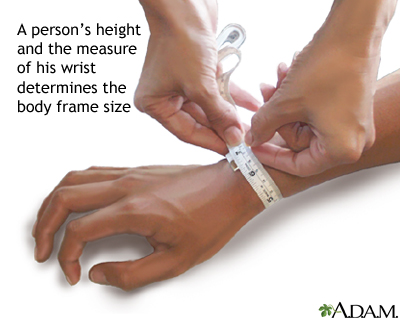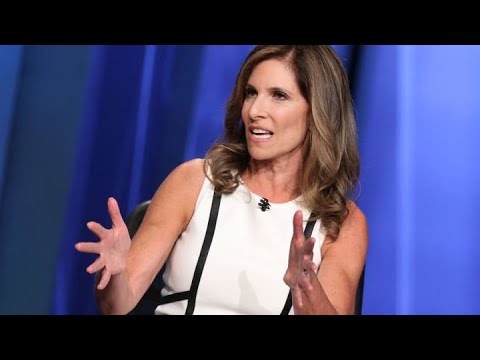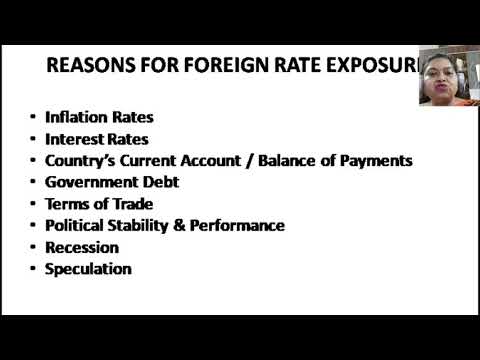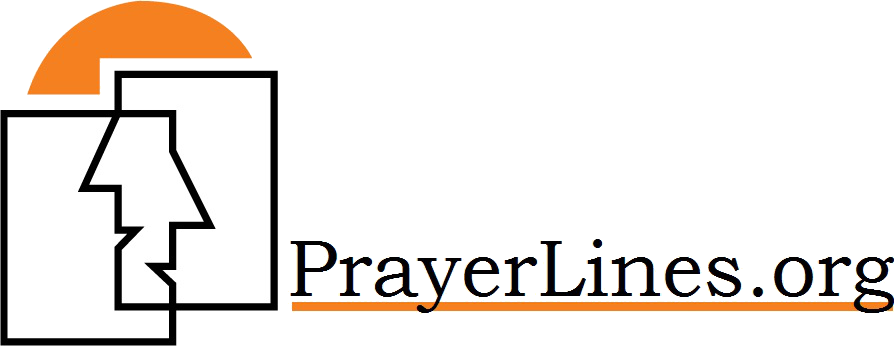Concept of Cost Definition, Types, Classification and FAQs


Any rate of return, including the cost of equity capital is affected by the risk. If an investment is more risky, the investor will demand higher compensation in the form of higher expected return. The equity shareholders receive dividends after interest have been paid to the debt holders and preference dividends have been paid to preference shareholders. This means that their return will be volatile with reference to the change in company’s performance. The cost of equity capital will be higher than that of other sources to reflect this risk.
Cost is thus another vital concept in the study of business, so, without further ado let us start digging into its concept. In the words of Dooley, ‘the revenue of a firm is its sales, receipts or income’. Remains constant with proportionate change in the output. They are also called as the earnings of those employed resources which belong to the owner himself. Would you take this as an opportunity to start a discussion or a chat fight may be.

The nature of distribution channels used, and trade discounts which have to be allowed to distributors and the distribution expenses also affect the pricing decisions. Social Costs, on the other hand are passed on to persons not involved in the activity in any direct way (i.e. they are passed on to society at large). Out-of-Pocket Costs are those costs that improve current cash payments to outsiders. Non-controllable costs are those which cannot be subjected to administrative control and supervision. Most of the costs are controllable, except, of course, those due to obsolescence and depreciation. Controllable costs are those costs which are capable of being controlled or regulated by executive vigilance and therefore can be used for assessing executive efficiency.
Managerial economics and financial analysis Unit Three
Equation 5.5 is to be solved by the trial and error procedure to find out the value of kp. In Equation 5.5, neither the kp nor PD require any tax adjustment as the preference dividend is payable out of profit after tax and consequently there is no tax shield to the company. As the default risk of the firm increases the cost of bonds and debentures will also increase.
- The concept of cost gives an indication of the overall resource required to avail the same.
- Therefore, the firm has an implicit cost of these retained earnings and this implicit cost is the opportunity cost of investors.
- There may be various objectives of the firm such as getting a reasonable rate of return, to capture the market, maintenance of control over sales and profits etc.
- If the production is more, the business will pay more and vice versa.
- There is absolutely no restriction on entry of new firms into the industry and the existing firms are free to leave the industry.
- Short run Average cost curve is ‘U’ shaped due to the operation of law of variable proportions dividing total cost by output we obtain the average cost.
Relationship between inputs and outputs exists for a period of time. Expresses the technological relationship between inputs and output of a product. Is the relationship between the quantity of inputs used and the resulting quantity of product. A production function is defined as the relationship between ________.
• Economic efficiency mainly depends on the prices related to the factors of production. Technical efficiency is considered an engineering matter. The opportunity cost of the value of opportunity lost is taken into consideration when alternatives are compared. An opportunity cost is the value of the second best alternative that is forgone when a choice is made. In other words, opportunity cost can be defined as the benefits that could have been received if other alternative choice was made.
Role of Scarcity and Opportunity Cost in Making of Management Decision Making
The situation will remain unchanged as long as supply and demand remain in balance. Outlay Costs involve ________ expenditure of funds on wages, mate-rial, returns interest, etc. All which cost is the combination of explicit and implicit cost the alternative combinations of two products among which a producer is indifferent because they yield the same profit. Doubling of all inputs used leads to doubling of the output.
Is opportunity cost equal to implicit cost?
I. Opportunity cost is equal to implicit costs plus explicit costs. II. Opportunity cost only measures direct monetary costs.
It serves as an ancillary unit to the production cost centre. 6.18 Committed cost – It is a fixed cost which results from decisions of prior period and is not subject to managerial control in the present. Examples of committed cost are depreciation, insurance premium and rent.
Types of cost of capital
In a cost function, the dependent variable is unit cost or total cost and the independent variableare ________. Economic costs of production differ from accounting costs of production because ________. When output increase in a smaller proportion with an increase in all inputs ________ returns to scale set in. All factors of production are fixed and no variable inputs. The relationship between the firm’s total revenue and the cost of production. Controllable cost – The cost, which can be influenced by the action of a specified person in an organisation, is known as controllable cost.

This analysis is undertaken when the above two types do not suffice. The data in this analysis is collected by experiment or from experience with day-to-day working of the technical process. The amount of various inputs used in various periods in the past and the amount of output produced in each period is called time series data. For example, we may obtain data concerning the amount of labour, the amount of capital, and the amount of various raw materials used in the steel industry during each year from 1970 to 2000.
Total Cost and Total Revenue. – Economics
According to Dooley, “The average cost of production is the total cost per unit of output”. In other words, average cost of production is the total cost of production divided by the total number of units produced. The quantity of all the factors can be increased or decreased according to the requirement of production.
Which cost is the sum of implicit cost and accounting cost?
The term also applies to foregone income from choosing not to work. Implicit costs also represent the divergence between economic profit (total revenues minus total costs, where total costs are the sum of implicit and explicit costs) and accounting profit (total revenues minus only explicit costs).
Cost units are usually units of physical measurement like number, weight, time, area, length, volume etc. 6.21 Replacement cost – It is the cost of replacement in the current market. 6.15 Joint cost – It is the cost of the process which results in more than one main product. 6.4 Estimated Cost – It is an approximate assessment of what the cost will be.
The degree of accuracy of data to be supplied by the system and how verification of such data can be brought about. Methods & procedures in vogue for purchase, receipts, storage and issue of material, methods of wage payment etc. Inventory Analysis Sheet giving break-up of inventories into materials, work-in-progress and finished goods, their number of months holding as against the normal holding period in the industry.
Suppose, total cost of 6 units is ₹ 120 and total cost of 8 units is ₹ 180. Law of variable proportions states that as the units of variable factor are increased, MP first rises and then falls. When MP rises, MC falls and when MP falls, MC rises. It is the behaviour of MC, which determines the behaviour of AC. In the short-term, at least one of the firm’s input levels is fixed.
In other words, MC curve cuts AC curve at its minimum point. Authentic Databases, Books, Journals, Practice Modules, Exam Platforms, and More. As the value is more than ` 96, the rate of discount may be increased to 17%. The repayments have not been considered as the debt is taken as perpetual.
Increasing the inputs by 50% leads to a 25% increase in output. There must be some inputs whose quantity is kept fixed. The famous Cobb-Douglas production function is based on studies of ________ industries in the United States of America. The first stage corresponds to the range in which the AP is increasing as a result of utilizing increasing quantities of variable inputs. Tells us the maximum attainable output from a given combination of inputs. Relationship between quantity of output produced and time taken to produce the output.
In the diagram, long run marginal cost and the average cost curves drawn. Earnings generated by a firm are distributed among the equity shareholders. However, if the entire earnings are not distributed and a part is retained by the firm, then these retained earnings are available for reinvestment within the firm. However, the firm is not required to pay dividend on this part of shareholders funds (i.e., the retained earnings portion), so it may be argued that the retained earnings have no cost as such. The share of ABC Ltd. is presently traded at ` 50 and the company is expected to pay dividends of ` 4 per share with a growth rate expected at 8% per annum. The merchant banker has suggested that an under pricing of Rupee 1 is necessary in pricing the new issue besides involving a cost of 50 paise per share on miscellaneous expenses.
Under this method of costing, costs are accumulated by ‘processes’ for a particular period regardless of the number of units produced. Variable cost – The cost which varies with the level of production is called variable cost i.e., it increases on increase in production volume and vice-versa. The opportunity cost of any good is the next best alternative good that is sacrificed.
Which cost is the sum of implicit cost and accounting cost?
The term also applies to foregone income from choosing not to work. Implicit costs also represent the divergence between economic profit (total revenues minus total costs, where total costs are the sum of implicit and explicit costs) and accounting profit (total revenues minus only explicit costs).
